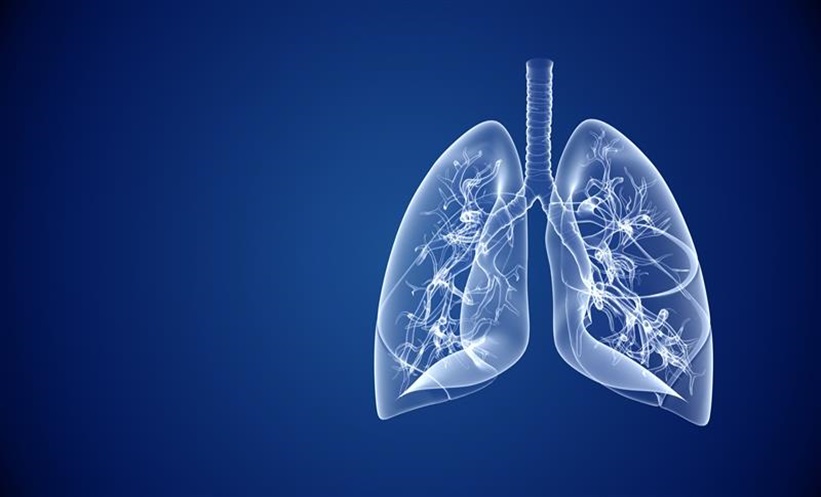A NEW study has developed a machine learning (ML) model capable of predicting lung perfusion in pulmonary embolism (PE) patients using non-contrast computed tomography (CT) scans. This approach could provide a safer, more accessible diagnostic tool for patients unable to undergo contrast-enhanced imaging, such as computed tomography pulmonary angiography, which is currently the standard but unsuitable for certain individuals.
The study used quantitative texture analysis on CT scans to identify features associated with lung perfusion, which indicates how well blood flows through the lungs. Researchers collected 99mTc-labeled Q-SPECT/CT scans from 125 PE patients across two datasets, training and validating the model on these scans. The ML model was developed using a two-stage feature selection process, which identified 14 key intensity and textural features that accurately distinguish between high- and low-perfusion lung regions.
Results demonstrated strong predictive capability, with the model achieving an Area Under the Curve (AUC) of 0.863 on internal data and 0.828 on external testing data. Additionally, the model showed high spatial consistency with Q-SPECT scans, a nuclear imaging method, achieving a median Spearman correlation of 0.66 and Dice similarity coefficients of 0.86 and 0.64 for high- and low-functional lung areas, respectively.
This ML-driven method shows promise as a non-invasive, radiation-free option for assessing lung function in PE patients, offering a potential alternative for managing pulmonary vascular diseases without the need for contrast agents. The study supports further exploration of texture analysis and ML in pulmonary diagnostics, particularly for patients with limited imaging options.
Reference
Li Z et al. Quantitative texture analysis using machine learning for predicting interpretable pulmonary perfusion from non-contrast computed tomography in pulmonary embolism patients. Respir Res. 2024;DOI:10.1186/s12931-024-03004-9.







